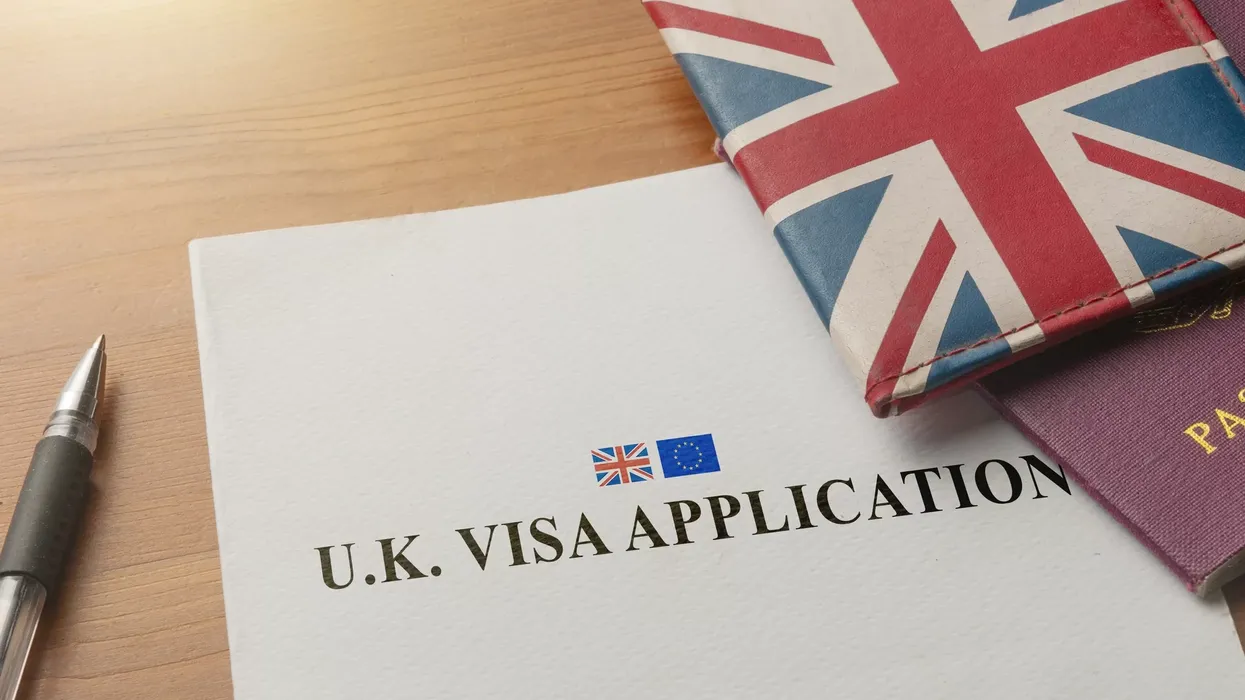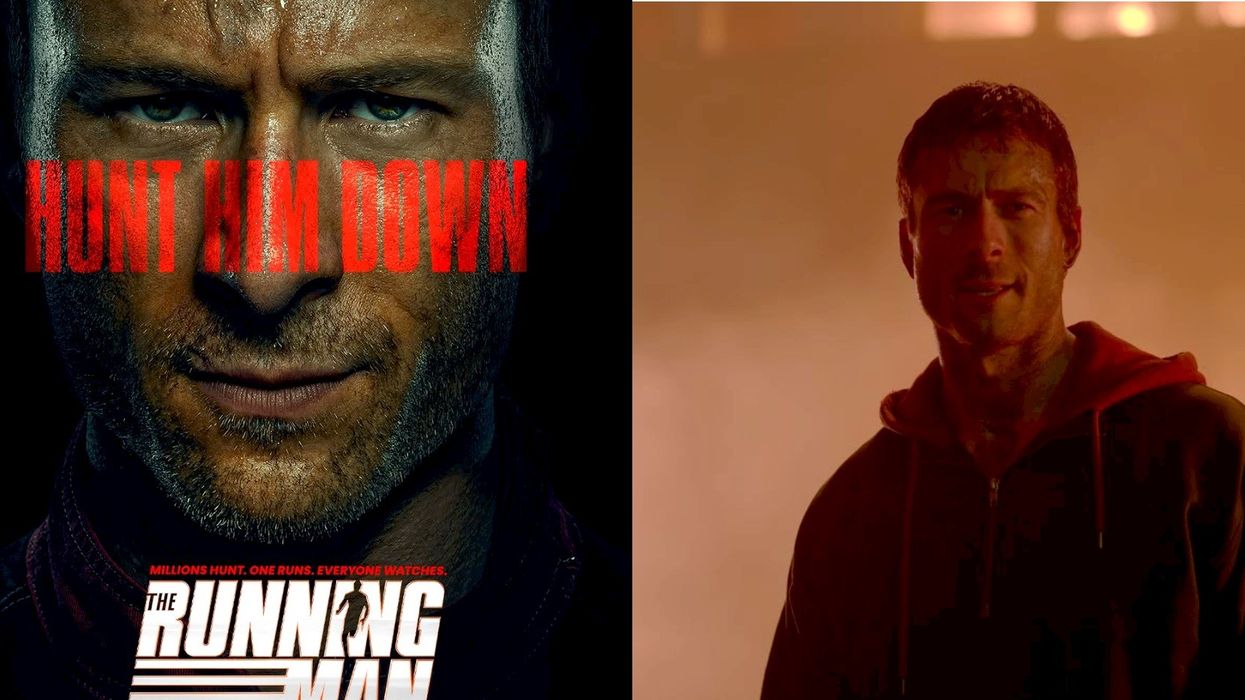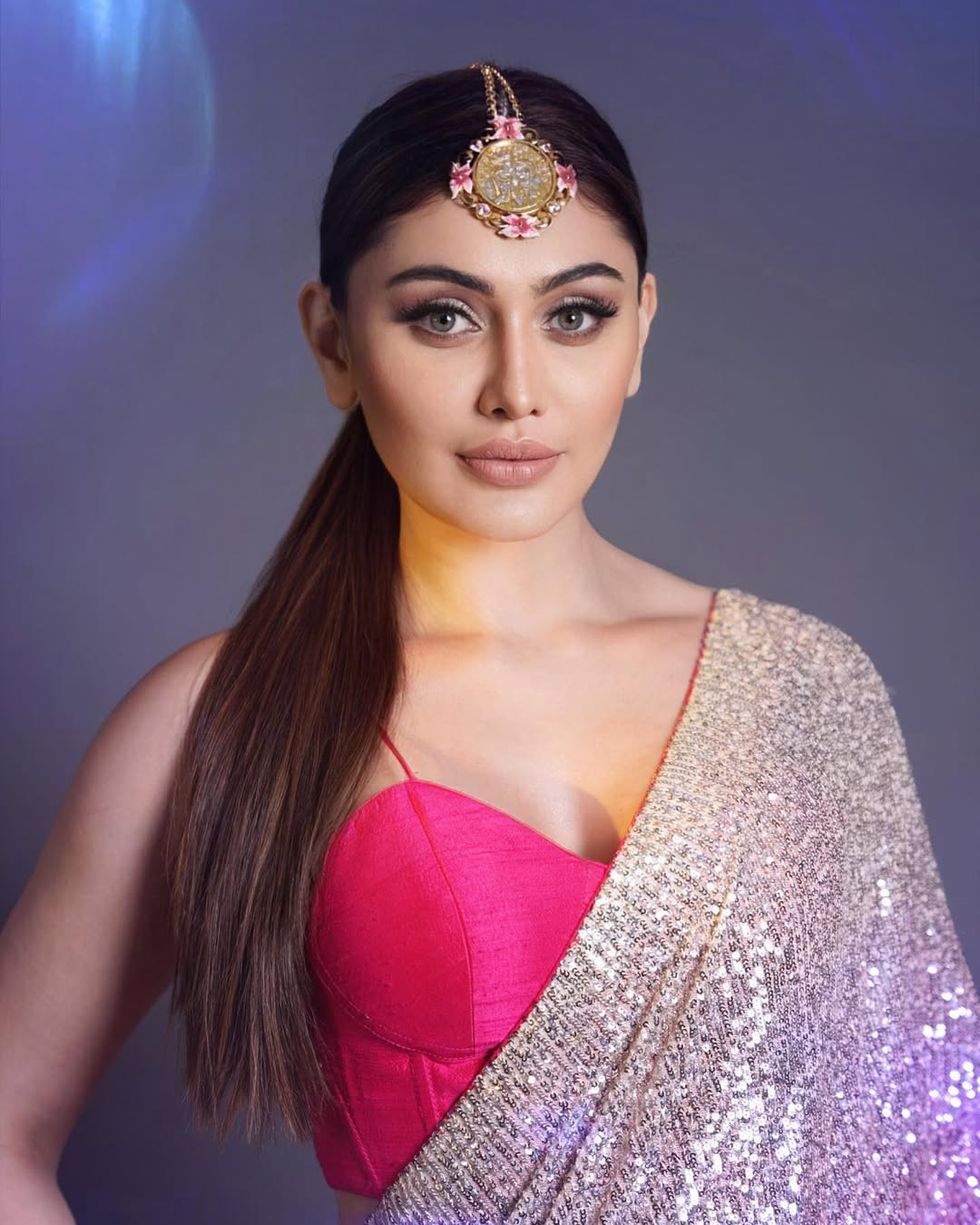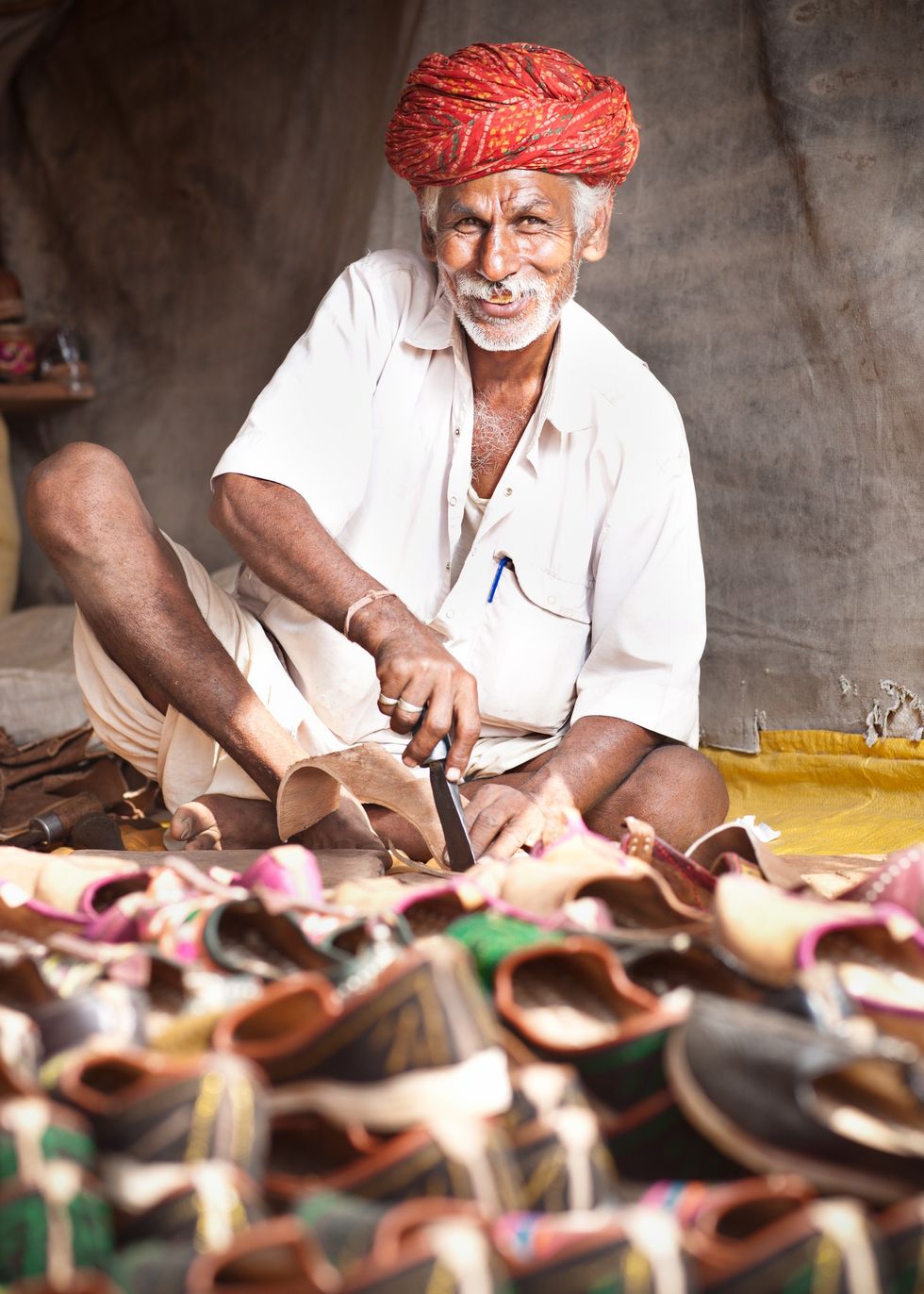THE thought of running a long distance may raise the stress levels of most people, but others like Rahema Mamodo have turned that into an inspiring passion.
The Birmingham-based mother of three turned a casual five-kilometre park run into a regular habit, before taking on a half and then a full marathon. She is now training for her third marathon and first ultra-marathon, which will be a 50-kilometre trail run. She works as a run leader and has become a strong role model for those interested in running. Eastern Eye decided to lace up and catch up with the inspiring running enthusiast. She discussed the health benefits of the sport, top tips for beginners, getting through the physical pain barrier, and why she wants to see more south Asian women take it up.
What first sparked your interest in running?
After leaving a previous job of many years, I wanted to use my free time to get more active. At the time there was local beginner running group, ‘couch to 5k’. I was nervous about joining and running in public, but being with the group made it easier.
When did running become a passion for you?
After completing the ‘couch to 5k’ and being able to successfully run that first five km non-stop, I wanted to see what else I could do. I signed up for a 10km and half marathon race that year and started training for it. I suppose, from that point, I started taking running seriously.
Is there a particular run that has been the most memorable?
The first 5km run I did at my local park run has been the most memorable, as that is when my love for running started. The support and encouragement I received that day was phenomenal and made me believe in myself as a runner.
How do your friends and family feel about your running getting such attention?
My friends and family are very proud of me and my achievements. They understand how important my running journey is and are my biggest supporters.
How did you become an ambassador for sports brand Brooks?
I applied to become a Brooks ambassador after seeing the opportunity on social media. They were looking for people who enjoyed running and wanted to share their run-happy ethos. I wanted to be part of a team that shared my passion for running and wanted to help others get involved as well.
What advice would you give women who want to run but are worried about any stigmas?
Just go for it. Starting is the hardest thing to do, but after getting started you realise what you’re capable of. People are always going to have something to talk about – don’t let it get to you. Try to join a group of likeminded people if you are worried about starting out on your own. The running community is very friendly and inclusive.
Why do you want to see more south Asian women running?
We are just as capable as any other women from other backgrounds. It is time we stand up, take our own space and be seen as more than just a mum, wife, daughter, or sister. We can be athletes too.
How important is representation?
Representation is huge for me. Whether it is colour, size, shape, ability, or anything else, we are all different. It is important for young people to see that no matter what you look like, you are capable of doing anything you put your mind into. I don’t just run; I also volunteer my time at running events as a marshal, event setup and many other roles – without volunteers, a lot of events simply would not happen.What top running tip would you give?
Don’t compare yourself with anyone and take your own time. Set goals to keep yourself focused.
What about some advice for beginners?
Don’t try and do too much at once. If you can only manage to run once a week, start there. Build that into a routine and slowly start adding another session or two a week. Also volunteer at your local park run and get to know your local runners and you will see all kinds of people there.
What is the secret of getting through that pain and strain during a run?
There is no secret, simply take your time and enjoy the journey. You’ll be more likely to continue run ning if you enjoy it. It’s critical to warm up and cool down, but also do supplemental work like stretching and yoga to prevent injury and aid recovery.
What are some of the main health benefits of running?
Running certainly improves your cardiovascular health as well as strengthening your muscles and improving your balance. However, from a mental health perspective it is immense, and helps to release stress as well as boosting self-confidence.
How has running helped you?
It has allowed me to make new friendships and connections with a diverse set of people. It has given me confidence and courage to step out of my comfort zone and try new activities, such as a night race and trail running. It has allowed me to travel to new places and explore more.
What are your future hopes for the sport?
I would love to run an international race, such as Berlin or New York. I have completed over 100 official park runs and am aiming for 250 as the next milestone and many more to come.
Finally, why should we put our trainers on and run?
You should lace up and go because you’ll feel amazing at the end of it.


















 Shefali Jariwala death raises concern over anti ageing drugs and self medication Instagram/shefalijariwala
Shefali Jariwala death raises concern over anti ageing drugs and self medication Instagram/shefalijariwala  Anti ageing pills found at Shefali Jariwala home spark health safety debate Instagram/shefalijariwala
Anti ageing pills found at Shefali Jariwala home spark health safety debate Instagram/shefalijariwala 
 Prada confirms Kolhapuri chappals inspired its 2026 Milan collectionInstagram/
Prada confirms Kolhapuri chappals inspired its 2026 Milan collectionInstagram/ Kolhapuri chappals have been crafted for centuries and received GI tag in 2019 iStock
Kolhapuri chappals have been crafted for centuries and received GI tag in 2019 iStock